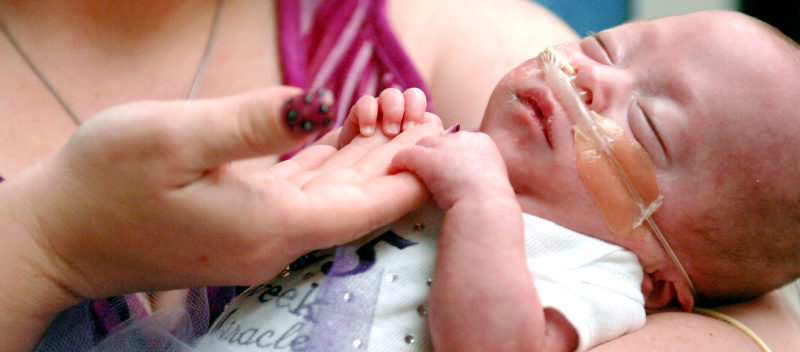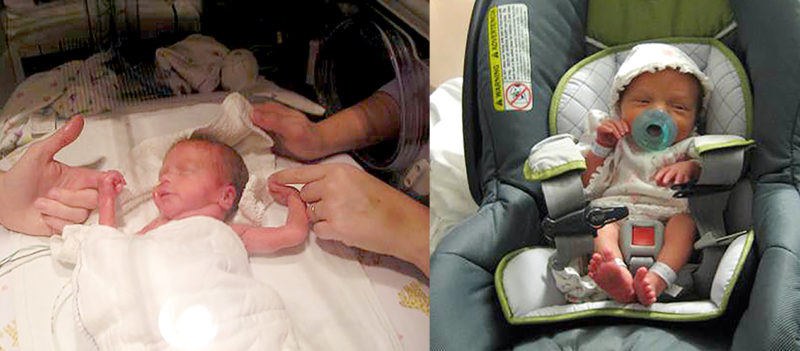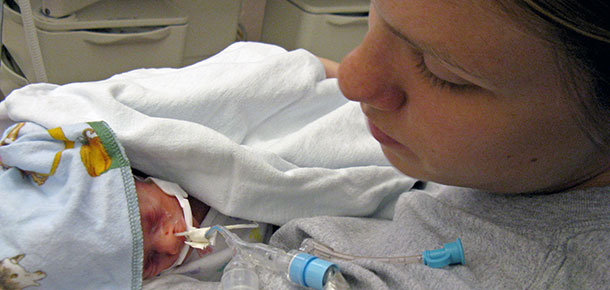Solving the puzzle of unacceptably high prematurity rates in the United States isn’t just a matter of finding the right pieces and fitting them together. It can also require doing something extraordinary before even knowing where to look.
Experts say the compatible puzzle pieces are in data that detail the vital, delicate and symbiotic relationship between an expectant mother and her baby.
A growing library of evidence already exists linking poor lifestyle choices (smoking and poor nutrition while pregnant, etc.), low educational levels and poverty to higher risk levels for premature birth. Beyond that already known in unfortunate abundance, is the realm of the unknown. This is where so many of the critically important answers are hiding in places the naked eye can’t see.
Although doctors and scientists know very little about the biological processes that trigger childbirth, a new study from the Cincinnati Children’s Perinatal Institute is providing one of the first genetic clues. Scientists here are pointing to a gene identified officially as p53 – sometimes referred to as “The Guardian Angel Gene.” Its normal role is to help protect genetic stability in the body’s biological processes and act as a tumor suppressor if something goes haywire.
A scientific team lead by Sudhansu K. Dey, PhD, studied how the presence and absence of p53 in the uteri of pregnant mice affected their pregnancies. They discovered that p53 deficiency set off a chain of biological interactions that led to the mice giving premature birth and, in over half of the mice, early death of offspring.
This molecular step forward may come from a world of microscopic reality, but it lights a very visible path for future studies and the quest for pieces of the puzzle.




